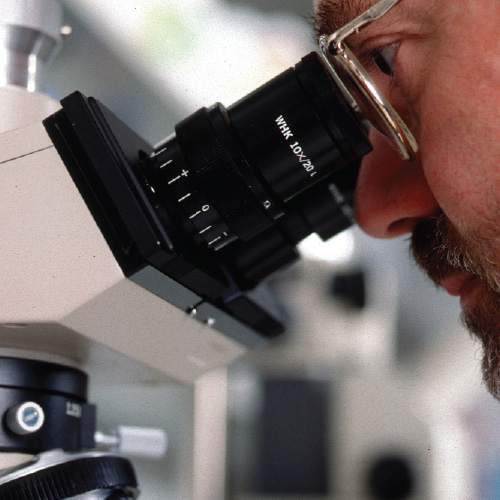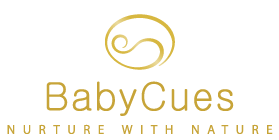Four enzymes found in breast milk

Firstly let’s define enzymes – something of a gem in our bodies that are vital for a vast range of important functions like aiding digestion and metabolism. Enzymes are biological molecules produced by a living organism that greatly speeds up the rate of chemical reactions that take place within cells.
While science does not know all of the treasures that breastmilk holds, it has unveiled some, and it is now common knowledge that breastfeeding is one of the ways a newborn can obtain important enzymes to aid their health and development. So here are some of those ‘gems’...
Amylase digests starch and when first born a neonate gains amylase from their saliva and breast milk. Later on in life, around 2 years of age a newborns pancreas starts to produce amylase and adequate levels for digestion are reached through the combination of this and their saliva. 1
For those of you that have read my book, you will now know all about the enzyme lipase. This enzyme is found in saliva and breastmilk, playing a significant role in digesting fat for newborns. As a baby develops, like amylase, lipase is excreted from the pancreas – as it is for adults – but initially milk and saliva provides this necessary enzyme for healthy digestive processes (the amount of necessary enzymes in saliva is part of the reason I now recommend and teach correct pacifier use for newborns).
Protease is another enzyme found in breast milk however, a study published in the Journals of Agricultural and Food Chemistry states that ‘although it has been established that protease, otherwise known as proteolytic enzymes, are present in milk, little is known about whether these enzymes are active on milk proteins. In addition, if the enzymes were to be active, their contribution to milk protein hydrolysis (the breaking down of protein) and their relative contribution compared to one another are unknown.’2
The lactoferrin enzyme is very high in colostrum but as lactation continues, this level drops. It is thought that lactoferrin helps newborns absorb iron along with cells and antibodies that protect against bacteria in the gastrointestinal tract and helps to prevent diarrhoea.3 Lactoferrin is also present in saliva, tears and nasal secretions – perhaps protecting our newborns in these areas too.
There are many more enzymes in breastmilk, some well-defined like trypsin, plasmin, pepsin and elastase however, others remain undiscovered.
When it comes to formula, many of these enzymes are obtained through other sources and added in. For example; protease can be found in papaya, pineapple and whole grains.4 Lipase and amylase can also be supplemented.
Please feel free to comment below and if you know of someone that might like this article, please like and share the love via the social grey buttons.
1. http://www.medscape.com/viewarticle/718175_11
2. N. Khaldi, V. Vijayakumar, D. Dallas, A. Guerrero, S. Wickramasingehe, J. Smilowitz, J. Medrano, C. Lebrilla, D. Shields, J German. Predicting the Important Enzymes in Human Breast Milk Digestion. Journal of Agricultural and Food Chemistry. July 2014.
3. A. Ochert. The Science of Mother’s Milk. New Beginnings, Vol. 28, No. 3, 2009. Published on http://www.llli.org/nb/nbiss3-09p28.html
4. Dr Murray https://doctormurray.com/healing-power-of-proteolytic-enzymes/


